Roofing Repairs vs Roof Replacement: Choosing the Right Option
Deciding between roofing repairs vs a full roof replacement is one of the most important choices a homeowner faces — both financially and for the long-term protection of your home. This guide explains the signs that indicate repair or replacement, analyses longevity and costs for common UK materials, covers building regulations you must consider, and gives a practical decision checklist geared to homeowners in Manchester and Huddersfield (West Yorkshire). Use this to decide when to call for a repair, when to budget for a full replacement, and how PSM Construction can help manage the work end-to-end.
Why this decision matters
A correctly timed repair can extend life and save money; the wrong decision can lead to repeated call-outs, escalating costs, and interior damage. Conversely, an early replacement can eliminate recurring problems and improve energy efficiency, insulation, and resale value. Understanding the roof’s condition, the material lifecycle, and the work required (including legal compliance) is crucial.
How to tell: repair or replace?
Key indicators that a repair may be sufficient
-
Localised leaks or small areas of damage — isolated tile/slate damage, a displaced flashing, or a small patch of degraded felt on a flat roof can often be mended without replacing the whole covering.
-
Recent partial works — if the roof was re-covered within the last 15–20 years and only a few tiles/slates or flashings are failing, a repair can restore performance.
-
Good structural timbers — if the roof deck and joists are sound and there’s no rot or widespread sagging, targeted fixes are likely cost-effective.
Signs you should favour a full roof replacement
-
Age and material limits — roofs near or beyond the expected life of their material (see lifespans below) are often better replaced than patched repeatedly.
-
Widespread or repeated leaks — multiple leak sources, recurring issues after repairs, or pervasive water stains inside are red flags for replacement.
-
Extensive decking or structural decay — if inspection reveals rot, pervasive damp in the roof structure, or compromised rafters, replacement is the safer long-term option.
-
Multiple failing elements — when slates/tiles, underlay, flashings and gutters are all worn, the combined cost of many repairs can exceed a controlled replacement.
Typical material lifespans (what to expect in the UK)
Knowing typical lifespans helps you judge whether a repair is a temporary fix or a stop-gap.
-
Natural slate: Exceptional longevity — many natural slate roofs last 80–100+ years when correctly installed and maintained. This durability often means replacements are rare compared with other coverings.
Natural slate is renowned for exceptional longevity; when properly installed and maintained, many roofs surpass 80–100 years and can often be repaired rather than fully replaced. Its low water absorption and resistance to frost, UV, and acids mean the stone itself rarely fails—typically, it’s the fixings, battens, or flashings that need renewal first. Although installation requires skilled labor and higher initial cost, the life‑cycle value and timeless aesthetics make natural slate a standout choice.
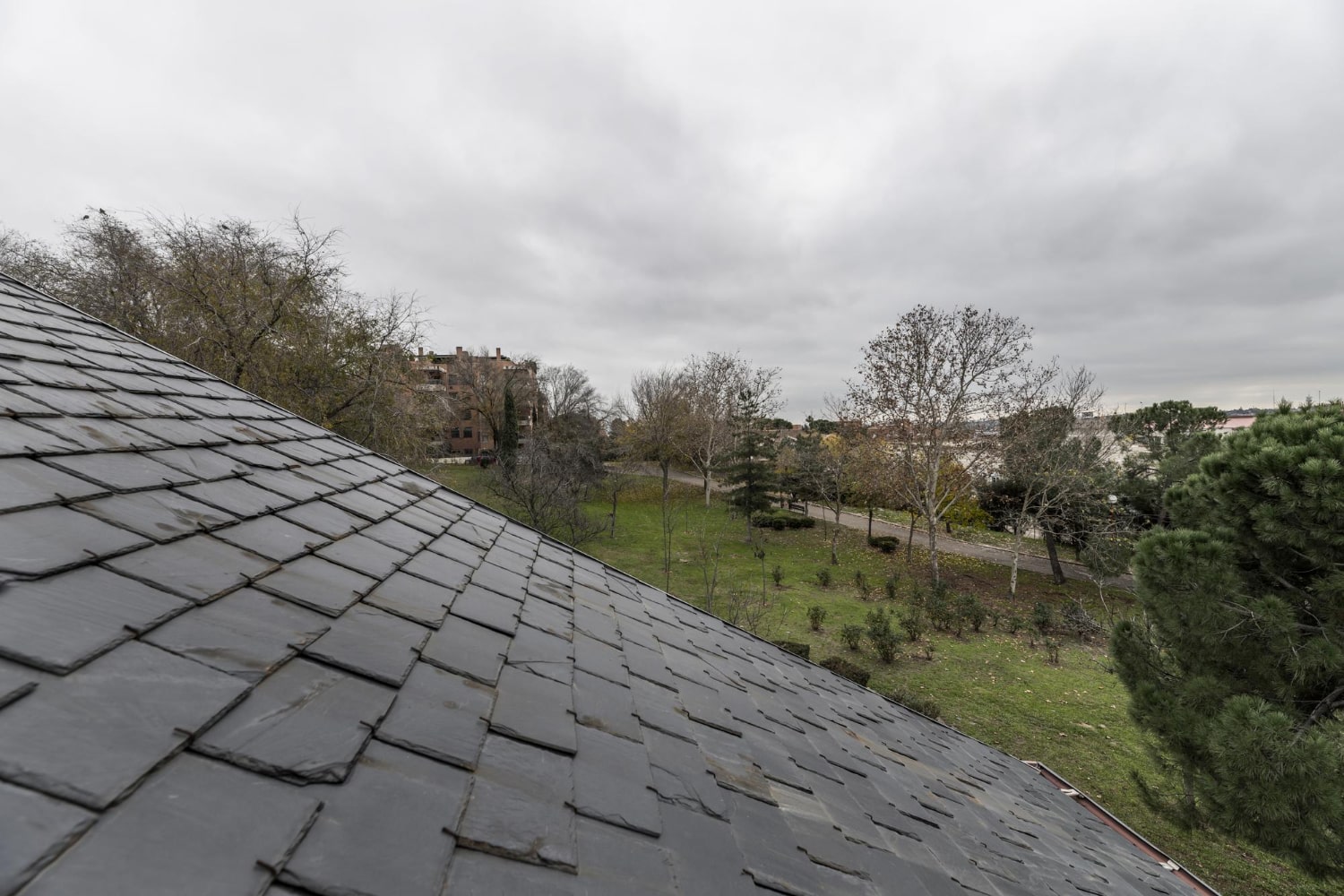
-
Clay tiles: Long-lived (often 50–100 years) depending on quality and installation.
Clay tiles are a long-lived option, commonly lasting 50–100 years when quality products are correctly specified and installed. Longevity hinges on firing quality and porosity: well-fired, low‑absorption tiles resist freeze–thaw and maintain color because pigmentation is through‑body. Over time, maintenance typically focuses on underlays, fixings, and ridge/verge details rather than the tiles themselves, keeping whole‑life costs competitive with a classic, warm aesthetic.
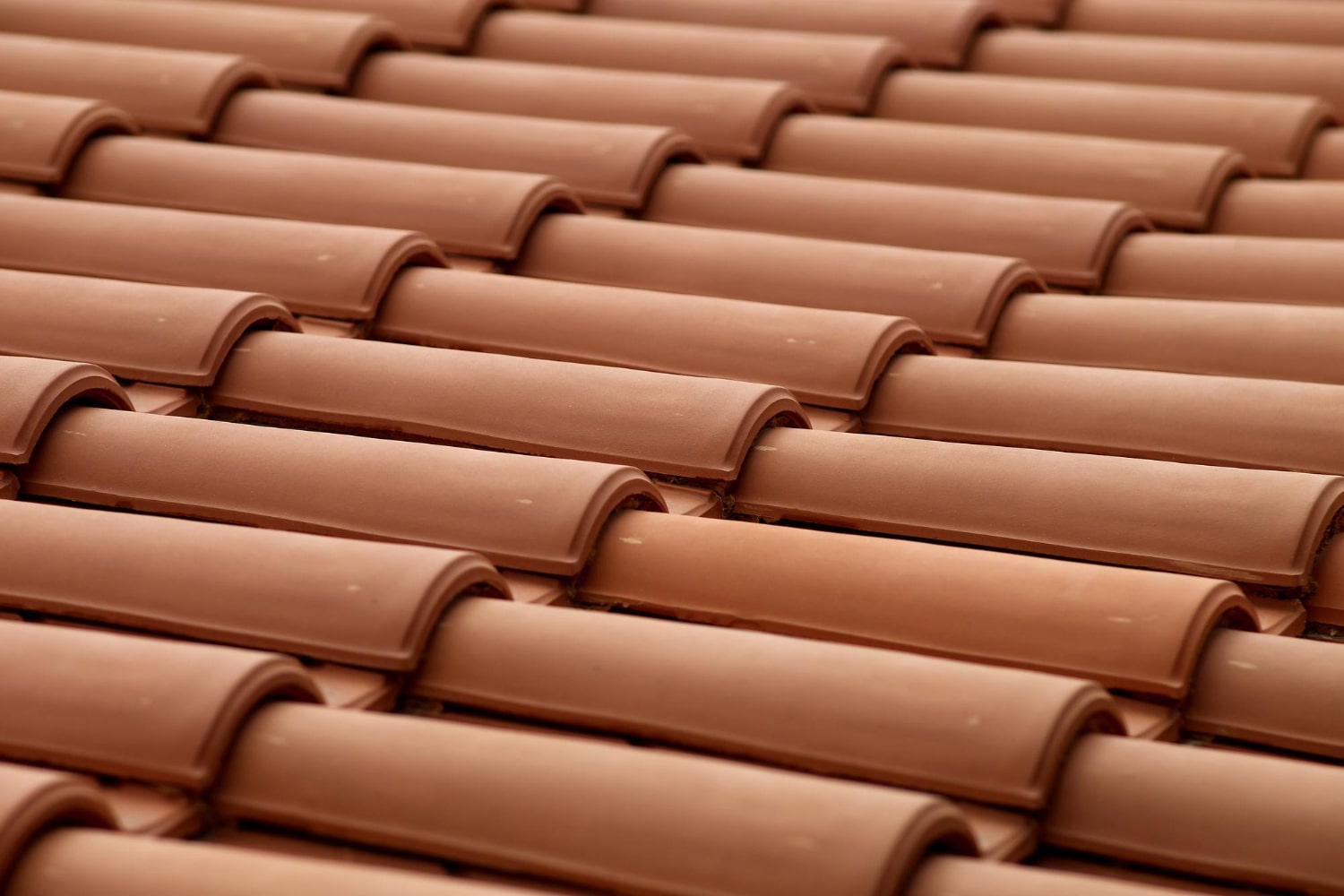
-
Concrete tiles: More affordable but generally shorter-lived than clay (commonly 30–50 years).
Concrete tiles offer an affordable route to a durable pitched roof, typically delivering 30–50 years of service. They are strong but heavier and more porous than clay, so surface wear, color fade, and moss growth can drive earlier aesthetic replacement even if the tile remains watertight. Proper ventilation, good‑quality underlay, and periodic attention to ridge and verge bedding help maximize lifespan and performance.
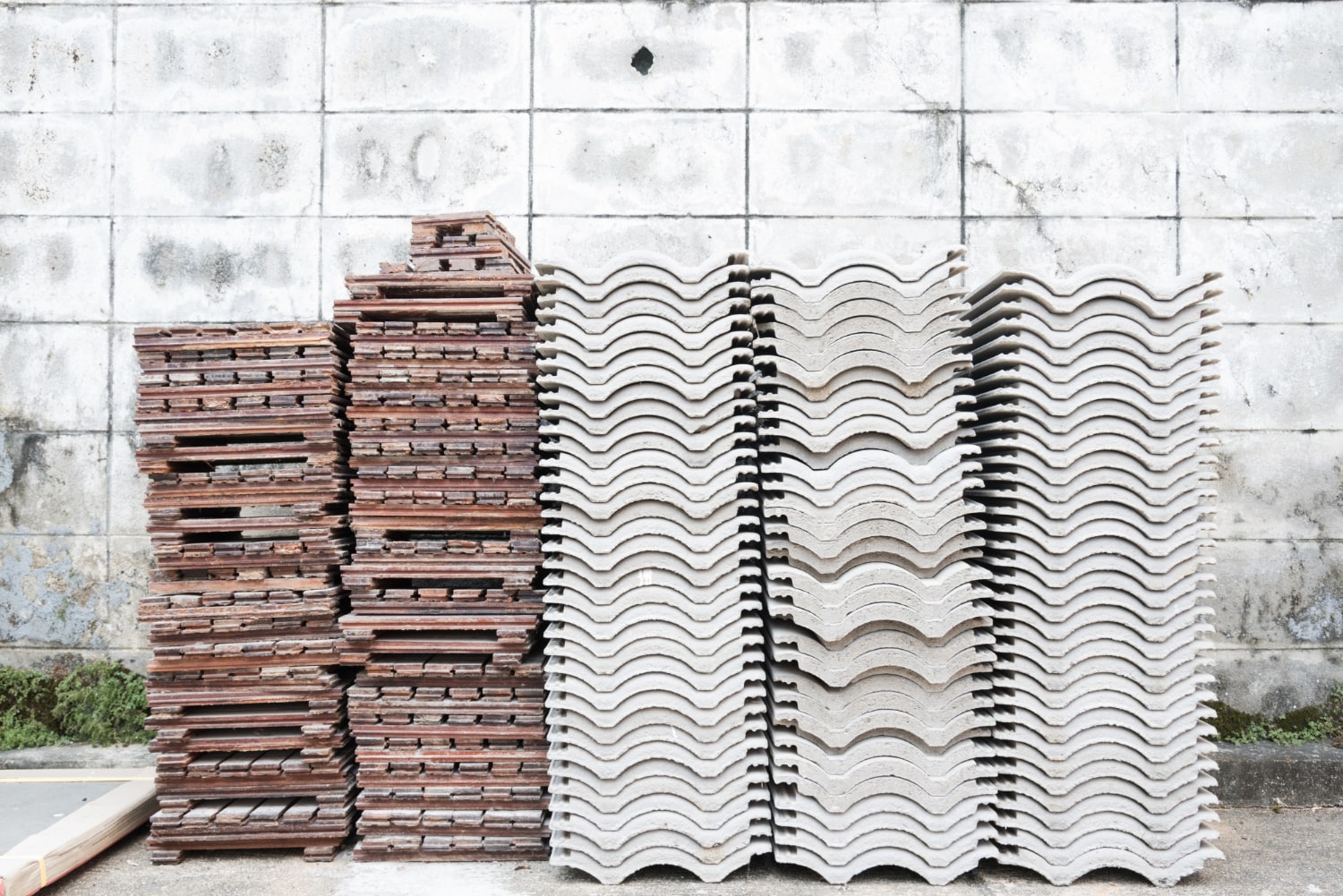
-
Flat roof systems: Lifespan varies by material — modern EPDM and GRP systems can offer 20–30+ years with proper installation; real-world performance depends heavily on installation quality and detailing for drainage and movement.
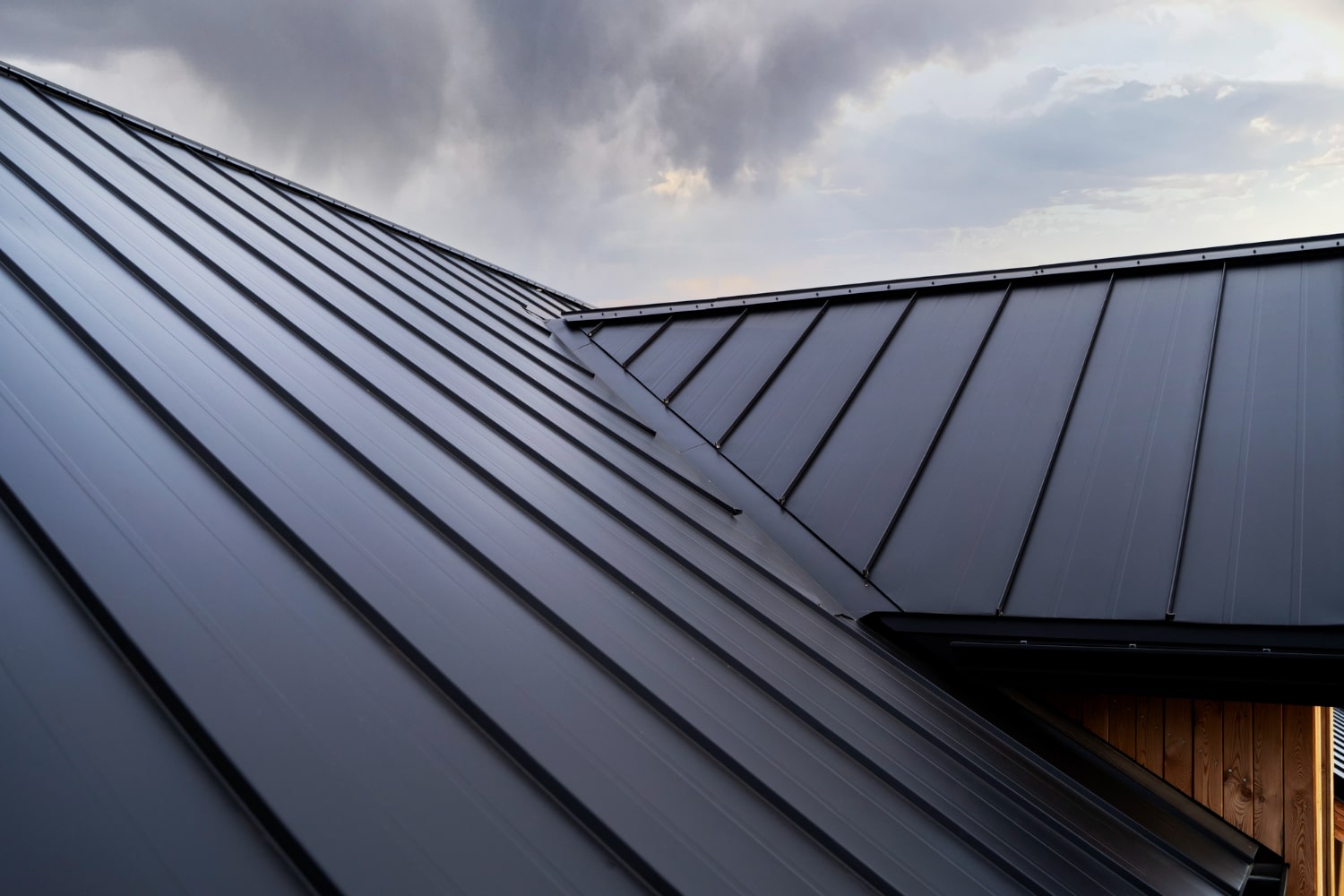
The lifespan of flat roofs varies by membrane and workmanship: modern EPDM and GRP systems commonly achieve 20–30+ years when installed by trained contractors with correct adhesives/resins, trims, and allowances for thermal movement. Real‑world performance depends on good falls and drainage to avoid ponding, robust detailing at edges and penetrations, and routine inspections to address seams or surface scuffs early. When these factors are well managed, manufacturers’ warranties and long, reliable service are achievable.
(Exact lifespans depend on quality, ventilation, roof pitch, weather exposure and maintenance. In the West Yorkshire climate — with regular wind and rain — good installation and flashing details are particularly important.)

Costs: repair vs replacement (what to budget)
Costs vary with material, roof complexity, height/access, and region. For a straight guidance figure in the UK market:
-
Per square metre (installation): rough industry ranges commonly cited sit between £120–£290/m² depending on material chosen and job complexity.
-
Average replacement project: ballpark figures for a typical domestic pitched roof replacement often fall in the low thousands (small roofs) up to mid-five-figures for larger or complex jobs; recent trade surveys estimate average UK roof replacements around £5,000–£6,000 but with big variation.
Repairs are usually a fraction of replacement cost, but repeated call-outs add up quickly. Always get written estimates that break down materials, labour, scaffolding, waste removal and any underpinning structural works.
Building regulations & legal considerations in the UK
When deciding between repair and replacement, understand your compliance obligations:
-
Building Regulations apply: many roofing works require build-regs approval or must be carried out by installers registered with a Competent Person Scheme able to self-certify. Re-roofing projects may be notifiable. General guidance on which home works are notifiable is published by GOV.UK. GOV.UK
-
Thresholds for formal approval: some local guidance notes that repairs or re-covering works that affect more than 50% of the roof covering — or involve re-decking — commonly require Building Regulation approval and will usually trigger requirements such as upgrading insulation. This means a “partial” replacement can cross the threshold into notifiable work. Always verify with your local building control or Approved Inspector. East Suffolk Council
Practical tip: If your replacement will include new decking, raise insulation to current standards (a “warm roof” or insulated overlay) — this is often a legal and energy-wise requirement and a good opportunity to improve thermal performance.
Flat roofs vs pitched roofs: different decision rules
-
Flat roofs: Because flat roofs sit over habitable spaces and are more exposed to ponding and membrane failure, failures tend to be sudden and more expensive to patch repeatedly. Modern membranes like EPDM and GRP can give long life — but a historic felt roof nearing its lifespan often merits replacement rather than continuous patching. S Jones Roofing, Cladding and Fascias
-
Pitched roofs: Individual slate or tile replacements are straightforward if the battens, underlay and decking are sound. But if underlay (breathable membrane) or battens are failing across large areas, replacement is usually more cost-effective.
The inspection process: how professionals decide
A thorough roof assessment should include:
-
External survey using safe access/scaffolding or drone inspection — to check slates/tiles, flashings, ridge details and gutters.
-
Internal inspection of loft/attic space — examine timbers, insulation, signs of condensation, rot, and the condition of the sarking/underside of the roof.
-
Non-invasive moisture checks where appropriate and photographic records.
-
Report & recommendation — a professional will usually present options (repair, phased replacement, or full replacement), cost estimates, and timescales.
If structural timbers are compromised or there’s evidence of long-term water ingress, a replacement is more likely to be recommended.
Energy, insulation and secondary benefits of replacement
A full reroof is an opportunity to:
-
Upgrade insulation to current Part L standards (less heat loss, lower bills).
-
Improve ventilation detailing to avoid condensation problems common in older West Yorkshire stock.
-
Replace lead flashings with modern, accredited alternatives where appropriate, or detail junctions to improve longevity.
These energy/comfort gains often offset part of the cost through reduced bills and higher property value — and some insulation upgrades are effectively mandated when certain replacement thresholds are reached. East Suffolk CouncilGOV.UK
Practical decision checklist: repair or replace?
Use this quick checklist to structure a decision:
Choose a repair if:
-
Damage is localised and the rest of the roof is relatively young and sound.
-
Structural timbers and decking are in good condition.
-
You want a short-term, lower-cost fix and accept possible repeat work in future.
Choose a full replacement if:
-
The roof is approaching or has exceeded typical material life expectancy.
-
There are multiple leak sources or widespread failures.
-
Structural timbers or deck need renewal.
-
You want upgraded insulation, new guarantees, and lower long-term maintenance.
Minimising risk: finding the right contractor
-
Get at least three written quotes with itemised costs and timescales.
-
Check credentials: ask for public liability insurance, references, examples of local work and, for electrical/gas-connected work, the appropriate Gas Safe or Part P credentials.
-
Guarantees & materials: ask for product guarantees and workmanship guarantees (many reputable roofers offer 10-year workmanship warranties on replacement).
-
Local knowledge counts: a contractor experienced with Manchester and Huddersfield housing stock will understand pitched slate roofs, Victorian terraces, and flat-roof junctions common in the area.
Phased replacement: a middle ground
If budget timing is the issue, consider phased works: replace critical areas (e.g., refurbish ridges, replace lead flashings, re-deck and re-cover the most exposed slopes) now and plan remaining phases within a defined timeframe. Get the contractor to outline a multi-phase plan and clear costs — this prevents ad hoc patching that can compromise long-term performance.
Case example (typical West Yorkshire scenario)
A Victorian terrace in Huddersfield with a 1980s underlay and original natural slate: isolated slipped slates and damp patches in the attic were found. Because the slates themselves were sound and the structure was good, PSM carried out targeted slate replacements, upgraded flashings and installed a breathable membrane — a repair that delayed full replacement. Conversely, on a nearby century-old house with decayed sarking and rotten deck, a full reroof with new insulation and reclaimed-slate replacement was the sensible long-term solution.
FAQs
Q: Will a new roof void my home insurance?
A: No — but you should inform your insurer of major works and keep certificates; poor workmanship or unauthorised works can cause future claims to be refused.
Q: Do I need planning permission to replace my roof?
A: Usually not for simple like-for-like replacement; however, Listed Buildings and Conservation Areas are special cases. Building Regulations compliance is often required for re-roofing and insulation upgrades. GOV.UKEast Suffolk Council
Q: How long will a new roof take?
A: Typical domestic reroofs can take from several days for small bungalows to a few weeks for larger or more complex roofs (access, scaffolding, and complications may extend this).
Q: Are there grants for roof insulation or upgrades?
A: Grant availability varies; check local council and national energy-efficiency schemes to see whether insulation support is available.
Final recommendations for homeowners in Manchester & Huddersfield
-
Inspect early: arrange a professional inspection at the first sign of leaks or ageing.
-
Compare repair vs replacement costs including a realistic future maintenance forecast.
-
Factor in Building Regulations (approval and insulation requirements) when planning re-roofing projects. GOV.UKEast Suffolk Council
-
Use local, reputable contractors who provide written estimates, clear timelines, and warranties.
-
View reroofing as an opportunity to improve insulation and energy performance where feasible.
Why choose PSM Construction
PSM Construction specialises in roofing repairs and full replacements across Manchester and Huddersfield. We perform detailed surveys, provide clear choices (repair or full-replacement), handle Building Regulations submissions, coordinate scaffolding and deliveries, and deliver practical warranties. If you’re unsure which route to take, book a no-obligation roof survey — we’ll give a transparent, written recommendation and quote.
Sources & further reading (key references)
-
GOV.UK — Building work, replacements and repairs to your home. GOV.UK
-
East Suffolk Council guidance — Replacing your roof covering and roof repairs (notes on >50% threshold). East Suffolk Council
-
UK Slate — How long will your roof last? (natural slate lifespan). UK Slate
-
SJones Roofing — Flat roof options and lifespans (EPDM, TPO, GRP). S Jones Roofing, Cladding and Fascias
-
MyJobQuote — How much does a new roof cost? (2025 UK averages). MyJobQuote

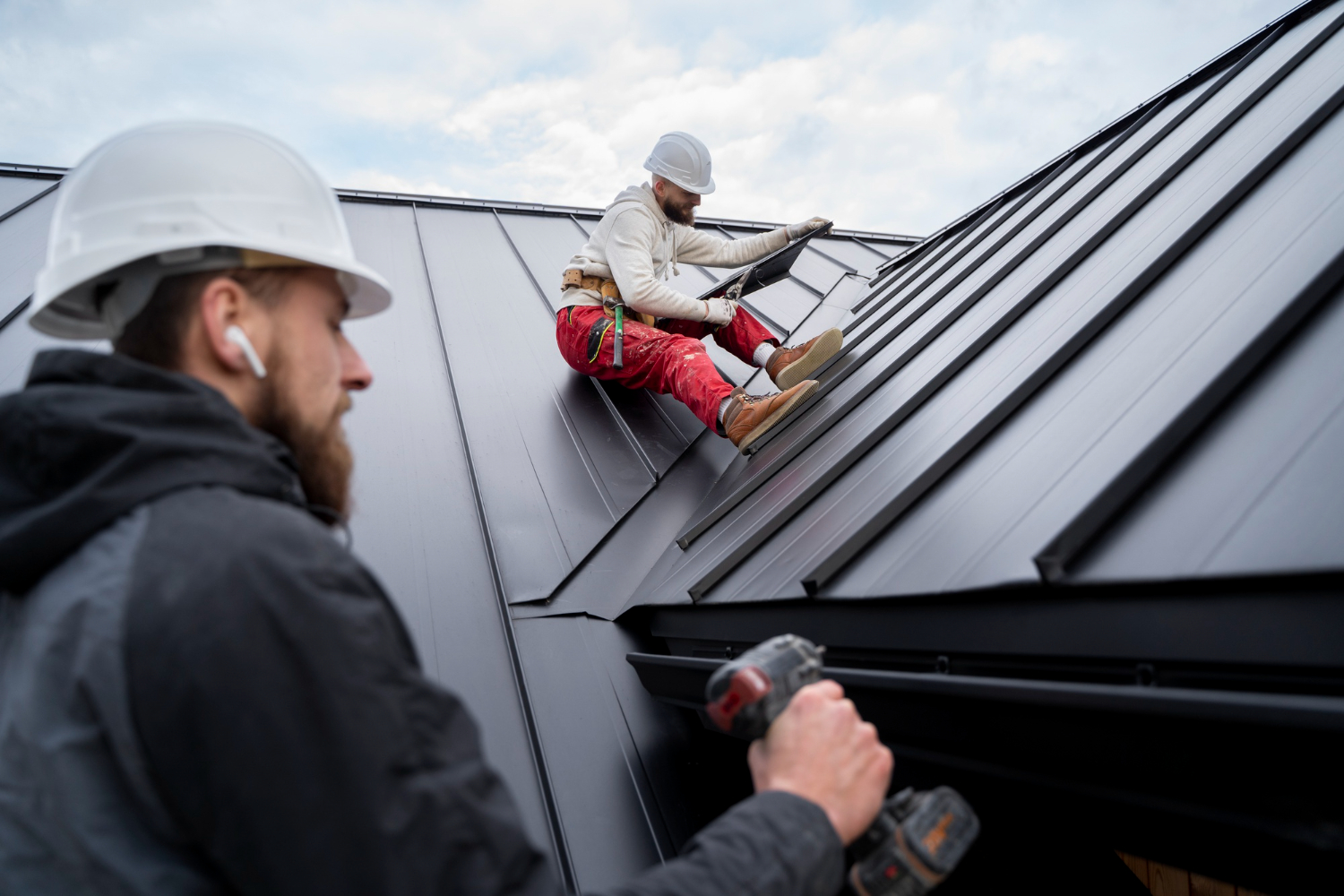




No comment